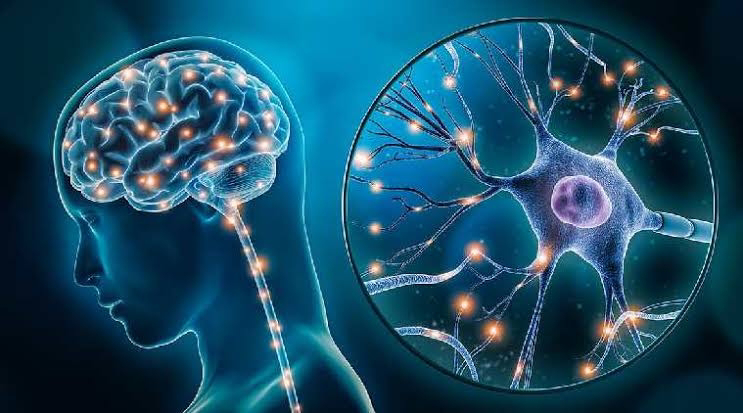The Neural Pathways to Creative Living
How Neuroplasticity helped me manage my life post High Altitude Cerebral Oedema(HACO) at 12000 feet in Leh Ladhak.
It took me years of practice and sustained effort to put my act together. I had lost my Motor skills, memory function, cognitive skills, my hands would shake on holding a pen. The choice was to become a vegetable or fight. I chose the latter. I learnt about Neuroplasticity and did a deep dive. Today, I run, draw, paint, sketch, write calligraphy, sing, dance, cycle and click pictures.
Here's how it happens...
Neuroplasticity , the brain’s ability to reorganize itself by forming new neural connections—plays a crucial role in fostering and enhancing creativity. Here’s how:
1. Forming New Neural Pathways
When you engage in creative activities (like painting, writing, or problem-solving), your brain forms new synaptic connections. This rewiring allows you to think in novel ways and approach problems from different angles. The more you engage in creative tasks, the stronger and faster these pathways become.
Example: Learning to play a musical instrument strengthens connections between auditory and motor areas, enhancing your ability to think creatively in other fields.
2. Cross-Brain Communication
Creativity often arises from the interaction between different brain regions—especially between the left hemisphere (analytical) and the right hemisphere (intuitive). Neuroplasticity enhances the communication between these regions, allowing for the blending of logic and imagination.
Example: When you brainstorm new ideas, your prefrontal cortex (planning) collaborates with your default mode network (imagination) to generate innovative solutions.
3. Breaking Rigid Thought Patterns
Neuroplasticity helps break habitual thinking by creating alternative neural routes. This flexibility allows you to escape mental ruts and explore unconventional ideas.
Example: Trying new experiences—traveling, learning a language, or even changing your daily routine—activates dormant neural networks, encouraging fresh insights.
4. Enhanced Problem-Solving
Creative thinking often requires "divergent thinking" (generating many ideas) and "convergent thinking" (finding the best solution). Neuroplasticity improves these processes by fostering cognitive flexibility—your brain’s ability to shift between different thought patterns.
Example: Entrepreneurs who practice mindfulness or visualisation often exhibit enhanced problem-solving skills because their brains are more adaptable to new information.
5. Emotional Regulation and Openness
Neuroplasticity in the limbic system (which governs emotions) promotes emotional intelligence—key for creative risk-taking and openness to new experiences.
Example: Artists and writers often tap into deep emotional experiences, facilitated by the brain’s ability to form new emotional associations over time.
So, How to Boost Neuroplasticity for Creativity:
Engage in Novel Activities: Learn new skills (art, music, languages). I keep making new sketches and paintings on my Tab. Then, Photography also helps. The act of focusing, breath control and finding a new subject for photography is in itself meditative.
Practice Mindfulness & Meditation: Enhances cognitive flexibility. For years and decades I get up early and devote the mornings to yoga or meditation. It has helped.
Exercise Regularly: Physical activity stimulates brain-derived neurotrophic factor (BDNF), supporting neural growth. Cycling, walking and running is what I do. All in moderation. No challenges or targets. The act is enough to foster birth of new neural pathways. That helps.
Challenge Your Thinking: Engage in puzzles, debates and idea-generating exercises. I have over 1000 books in my library. From Bhagwad Geeta, Bhagwatam to Strategy, Military History and to Politics or even Jeffrey Archer and Ayn Rand. I have brain stormed all subjects. It helps.
Rest & Reflect: Adequate sleep consolidates new neural pathways.
PS - Giving up is never an option. Trying helps develop the right neural pathways. Rest is magic.
Trust me. It works.
Ashutosh Tewari




Wow, what an insight into Neuroplasticity and brain functioning explained in such easy manner. Simply amazing. Thanks for enhancing my knowledge in this field
ReplyDelete